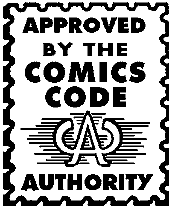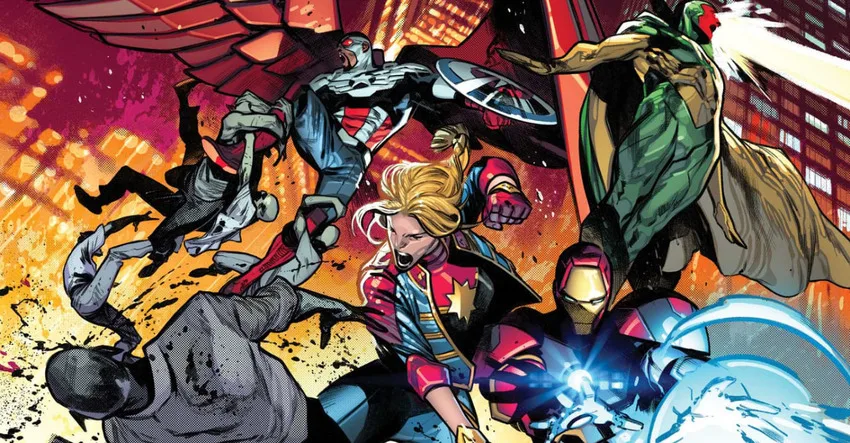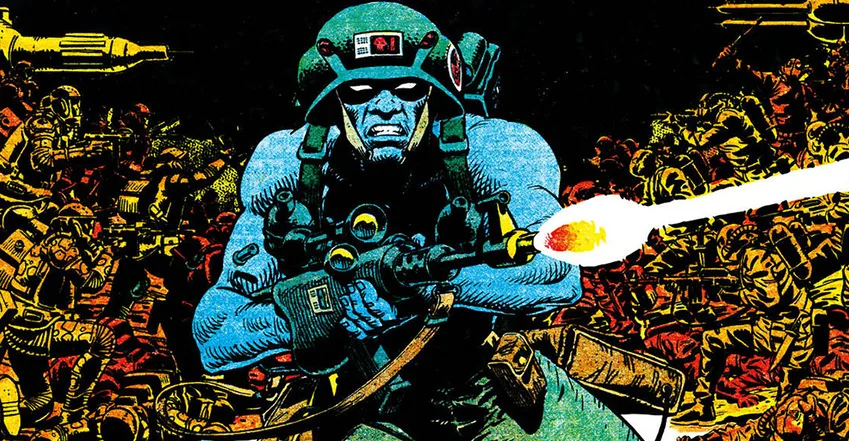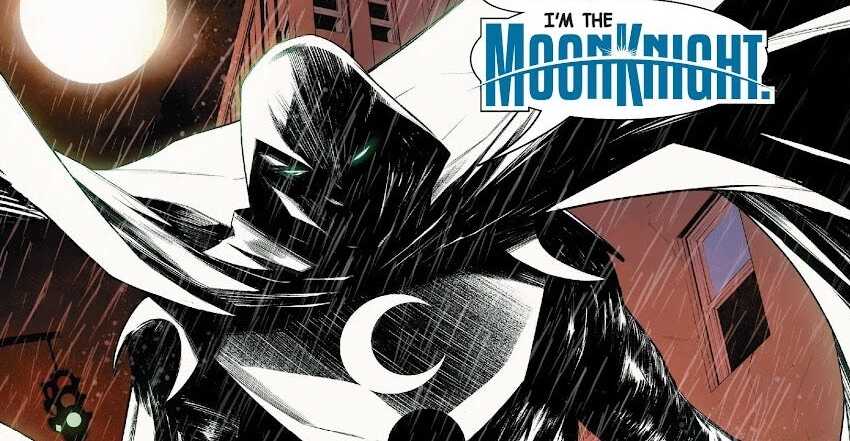Just like films, video games, and television, comic books also use age ratings. This helps inform if a comic book is suitable for a particular age group and can point them in the right direction for age-appropriate content.
Although, these ratings can be useless if you don’t know what they actually mean. This guide gives you everything you need to know about comic book age ratings so you make an informed decision.
Read on to find out more.
Is There A Consistent Age Rating System?
The short answer is no. While most comic book publishers have opted to use the system devised by DC Comics (more on that later), Marvel has had a few different systems over the years.
Current Comic Book Rating Systems
In terms of comic book age ratings, there are two systems are prevalent in modern-day releases. While they’re both similar, they both have their own differences which separate them.
The DC Comics Rating System
Introduced in 2011 by DC Comics, this rating system is the one that most publishers use.
The rating system follows as such below:
- E – EVERYONE – Appropriate for readers of all ages. May contain cartoon violence and/or some comic mischief.
- T – TEEN – Appropriate for readers age 12 and older. May contain mild violence, language and/or suggestive themes.
- T+ – TEEN PLUS – Appropriate for readers age 15 and older. May contain moderate violence, mild profanity, graphic imagery and/or suggestive themes.
- M – MATURE – Appropriate for readers age 17 and older. May contain intense violence, extensive profanity, nudity, sexual themes and other content suitable only for older readers.
**2022 UPDATE**
DC Comics seems to be using two systems in tandem at the moment. There’s the above system, which appears on their website, and a more straightforward age-based rating system that appears on the covers.
An example of this is Batman #120, which is rated Teen on the DC Comics website but 13+ on the cover.
The age-based rating is as follows:
- 13+ – Replaces Teen
- 15+ – Replaces Teen Plus
- 17+ – Mostly reserved for the DC Black Label comics, this replaces the M/Mature rating
As for the all ages graphic novels, it appears that DC has opted to use a reading age, similar to how a traditional book publisher would. For example, on Amazon, the graphic novel Amethyst: Princess of Gemworld has a reading age of 8-12 years.
The Current Marvel Comics Rating System
Marvel has had a few different rating systems over the years (see more about those below). Below is the one that they currently use:
- ALL AGES – Appropriate for all ages.
- T – Appropriate for most readers, but parents are advised that they might want to read before or with younger children.
- T+ TEENS AND UP – Appropriate for teens 13 and above.
- PARENTAL ADVISORY – Appropriate for 15 and up. Similar to T+, but featuring more mature themes and/or more graphic imagery. Recommended for teen and adult readers.
- EXPLICIT CONTENT – 18+ years old.
Older Comic Book Rating Systems
While comics currently have two prominent rating systems, those are not the only ones that have been used in the past.
The Comics Code Authority
The Comics Code Authority was formed in 1954 after there was widespread concern for the content found in some (mostly horror) comics. A lot of this was motivated by Fredric Wertham’s book Seduction of the Innocent and the Senate hearing that occurred after it. To avoid being regulated by the government, the comic book industry opted to self-regulate themselves with the Comics Code Authority.
The self-policing of the comic book industry came with it a set of criteria which dictated what could and could not be in a comic book. Over the years, certain elements would be relaxed as publisher complained that the Comics Code stifled creativity and felt ridiculously out of date.
By the 2000s most comic book publishers had abandoned the Comics Code in favour of new rating systems.

Comics that adhered to Comics Code have the seal of approval (as seen above) on their covers.
You can find out more about the Comics Code and its history in this piece by the Comic Book Legal Defence Fund.
Marvel’s First Rating System
After withdrawing from the Comics Code Authority in 2001, Marvel introduced their own rating system. This system was inspired by ratings used by the Motion Picture Association of America.
- ALL AGES
- PG (Parental Guidance)
- PG+
- PARENTAL ADVISORY/EXPLICIT CONTENT
Marvel’s Second Rating System
Not long after the first rating system was introduced, Marvel had to revise their rating system after the Motion Picture Association of America complained about the use of some rating name. Marvel revised its system to the following:
- ALL AGES
- PSR (Parental Supervision Recommended)
- PSR+
- PARENTAL ADVISORY/EXPLICIT CONTENT
Marvel’s Third Rating System
Marvel then revised their rating system in 2005 to the following:
- ALL AGES
- A – Appropriate for age 9 and up
- T+ – Suggested for teens and up
- PARENTAL ADVISORY
- MAX: EXPLICIT CONTENT
How Do I Find Out The Ratings Of A Comic?
There are a few ways to find out the age rating for a comic.
- On the front or back cover of a comic
- In comic book solicitations
- On the publisher’s website
Why Is There No Consistent System?
As you can see, there’s no consistent system for rating comic books and graphic novels. Unlike film, TV, and video games, there is no official ratings board or committee. Comics are self-regulated and it’s up to the publisher to apply the rating to their releases.
In Conclusion
The ratings used for comic books should be used to inform if the content is right for you or the young people in your life. Just like the ratings of movies and other media, please use some common sense and check the ratings before purchasing comics for young people.











What are your sources? I purchase for a library system in the Young adult collection and we are trying to decide if T+ is too old but you haven\’t cited any official sources, where did you get the age recommendations because I have not been able to find Marvel\’s on their website.
Thanks